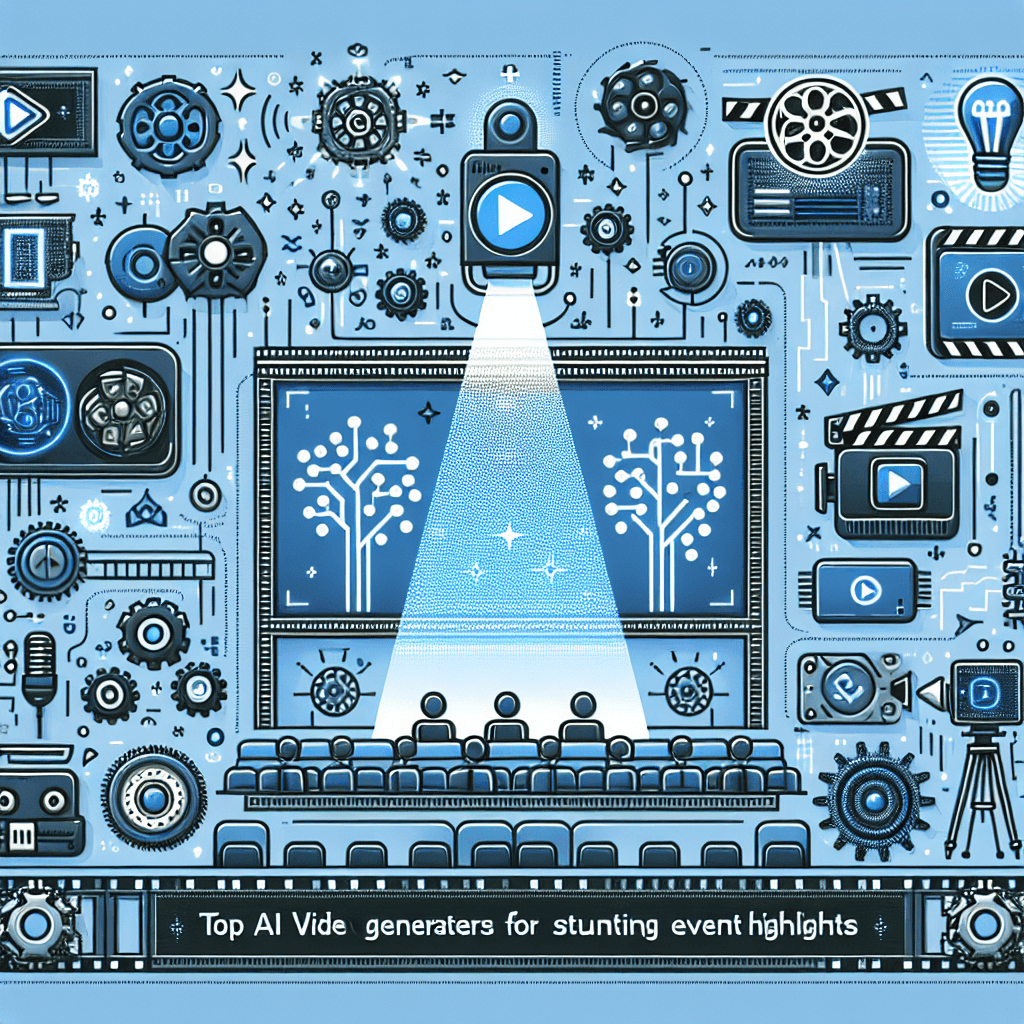In recent years, the growth of online shopping has significantly impacted the way consumers experience and purchase products. One of the most transformative advancements in this arena is the advent of AI image generators that facilitate virtual try-ons. These sophisticated tools enable shoppers to visualize how products—ranging from clothing and accessories to makeup—will look on them without the need to physically try on the items. In this article, we’ll explore some of the top AI image generators designed for virtual try-ons, highlighting their features, applications, and what makes them stand out in the rapidly evolving e-commerce landscape.
The Rise of Virtual Try-Ons
Virtual try-ons have emerged as a game-changing technology, particularly amid the pandemic when online shopping surged. This innovation offers a seamless alternative to traditional fitting rooms, eliminating one of the biggest challenges in online retail: sizing and fit. By integrating AI technology, retailers are now better equipped to meet the demands of consumers who expect personalization and convenience.
What is an AI Image Generator?
At its core, an AI image generator utilizes machine learning algorithms to create realistic images of products on individuals’ photos. These tools analyze various factors—body type, skin tone, and even personal style preferences—to render products accurately, allowing consumers to make informed purchasing decisions.
Enhancing User Experience through Personalization
One of the key benefits of AI image generators for virtual try-ons is their ability to deliver a personalized shopping experience. Unlike generic product images, these tools tailor visuals to reflect individual users’ features. This level of customization not only boosts customer satisfaction but also enhances their likelihood to purchase.
Leading the Charge: Top AI Image Generators
1. Zalando’s Virtual Try-On Tool
Zalando has embraced technology to enhance its online shopping experience. With its virtual try-on tool, customers can visualize their chosen outfits on 3D avatars that represent their size and shape. This innovative feature allows users to mix and match clothing items easily, promoting a more engaging shopping experience.
2. Warby Parker’s Virtual Try-On
Warby Parker has set a benchmark for eyewear retail with its virtual try-on application. By uploading a photo or using augmented reality, customers can see how different glasses frames fit and look on their faces. This user-centric approach significantly reduces return rates and improves overall customer satisfaction.
3. L’Oreal’s Makeup Genius App
L’Oreal has revolutionized beauty shopping with its Makeup Genius app. This innovative tool employs facial recognition technology to allow users to try on makeup products virtually. It also provides tutorials and looks tailored to specific features, encouraging makeup enthusiasts to experiment and engage with the brand.
4. ASOS Virtual Catwalk
ASOS has integrated AI-generated models into its online platform to create a virtual catwalk experience. This feature allows customers to see how the clothing moves in real life, providing a more dynamic understanding of the products. The virtual catwalk enhances the visual experience, making online shopping feel more interactive.
5. Nike Fit
Nike’s commitment to providing a flawless fitting experience is visible in its Nike Fit feature. By using a combination of AI and AR, customers can scan their feet with a smartphone camera to receive size recommendations tailored to the specific shoe. This technology eliminates guesswork and helps mitigate the risk of returns due to incorrect sizing.
The Technology Behind Virtual Try-Ons
Artificial Intelligence and Machine Learning
AI and machine learning play a central role in the functionality of virtual try-on tools. These technologies analyze massive data sets to better predict user preferences and generate images that combine virtual products with user’s features.
Augmented Reality Integration
Augmented Reality (AR) enhances virtual try-on experiences by overlaying digital images onto real-world environments. This technology allows users to visualize how products fit into their lifestyle, resulting in more authentic interactions with brands.
3D Mapping Techniques
Many of the most advanced virtual try-on tools employ 3D mapping techniques to create lifelike representations of products. This method provides greater depth and realism, helping customers feel as if they are truly trying on the items.
User Demographics and Market Trends
The target audience for virtual try-on technologies is broad, including tech-savvy millennials and Gen Z shoppers who expect convenience and personalization. According to research, consumers under 40 are the most likely to use virtual try-on features when shopping online, indicating a generational shift in retail behaviors.
Driving Sales Through Innovation
Virtual try-ons not only enhance the shopping experience but also directly contribute to increased sales. Studies show that users who engage with virtual try-on tools are more likely to purchase items. This statistic can be attributed to the increased confidence consumers feel when they can visualize products on themselves.
Sustainability and the Future of Retail
The growth of virtual try-on technology also aligns with the increasing consumer demand for sustainable shopping practices. By reducing returns—often a significant contributor to environmental waste—these tools promote a more sustainable shopping model. This intersection of technology and sustainability is paving the way for a greener future in retail.
Challenges and Considerations
Despite the benefits, there are challenges associated with implementing virtual try-on technology. Retailers must ensure that these tools are user-friendly and accessible to a wide audience. Additionally, concerns regarding data privacy and security must be addressed, as these applications often require personal images and data.
The Role of Social Media and Marketing
Social media platforms are pivotal in promoting virtual try-on features. Influencers and brands are leveraging these tools to create engaging content that encourages user interaction. This approach has proven effective in generating buzz and driving traffic to e-commerce sites, making virtual try-ons a marketing boon.
What the Future Holds
As technology continues to evolve, the future of virtual try-ons looks promising. Developers are working on refining the algorithms to produce even more realistic representations. These advancements are anticipated to make virtual try-ons a standard feature across many retail platforms.
Conclusion: Embracing Change in Retail
Virtual try-on technologies are changing the landscape of online shopping by blending convenience with personalization. With AI image generators leading the way, consumers can look forward to a future where shopping is not only more accessible but also more enjoyable. As brands continue to innovate and invest in these technologies, the potential for enhanced customer experiences is limitless. The integration of virtual try-ons in retail signifies not just a positive trend, but a foundational shift in how we engage with products, making it an exciting time for both retailers and consumers alike.








